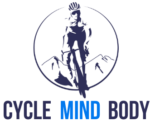In the world of cycling, where every pedal revolution counts, proper nutrition is the backbone of optimal performance. Among the essential nutrients, protein stands out as a key player in not only fueling your rides but also aiding in recovery.
This article delves into the science behind why cyclists need protein and how it can make a remarkable difference in your cycling journey.
The Science Behind Protein and Cycling Performance
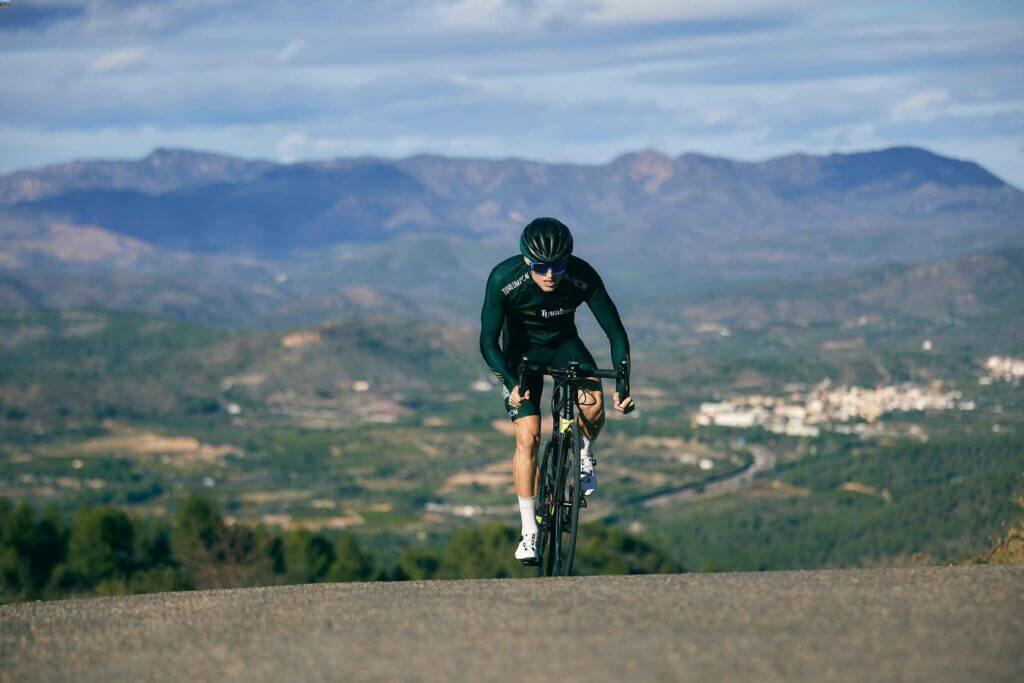
As you push those pedals and feel your muscles engage, protein is your steadfast ally. It plays a fundamental role in muscle development and repair, aiding you in building the strength and endurance required to conquer steep ascents and swift descents.
Imagine your muscles as a finely-tuned engine, composed of complex machinery that propels you forward with every rotation of your pedals. Protein-rich foods provide the amino acids necessary for building and maintaining lean muscle mass, translating into enhanced cycling power and agility.
Protein isn’t just about muscle bulk; it’s about muscle quality. With each ride, your muscles undergo micro-trauma, a natural consequence of the rigorous effort you put in.
These tiny muscle tears might seem insignificant, but they’re the foundation of muscle growth. Here’s where protein’s role becomes evident.
It acts as a repair agent, swooping in to mend those micro-tears and reinforce your muscle fibers, ensuring that you emerge from every ride stronger and better prepared for the next challenge.
Protein’s Role in Recovery After Rides
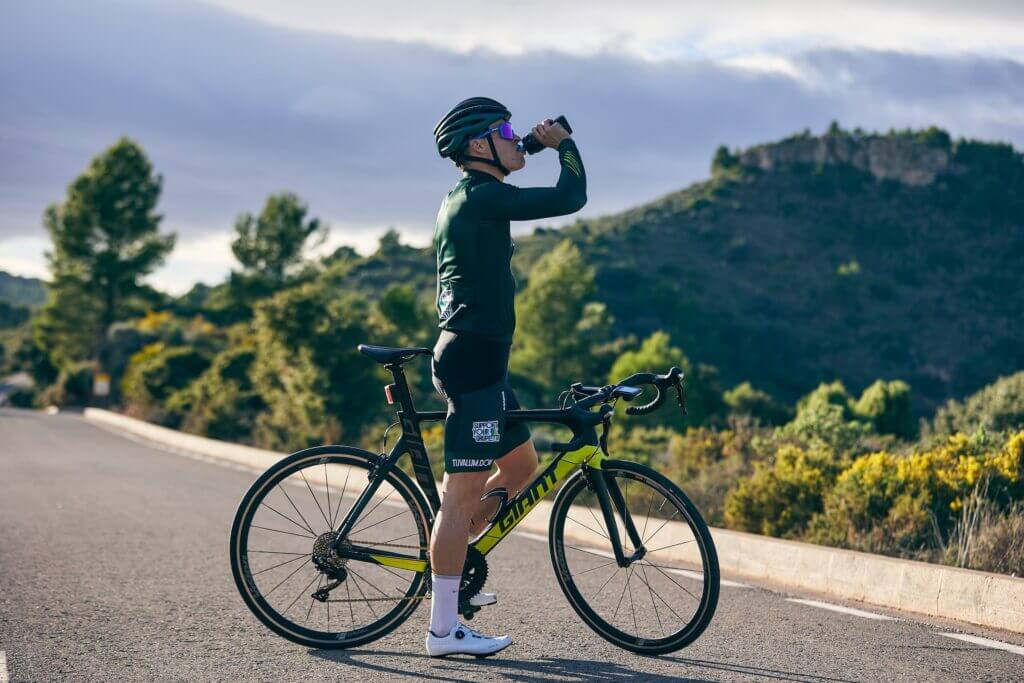
The satisfaction of finishing a great ride is often accompanied by muscle fatigue and micro-tears. This is where protein takes the spotlight again.
Consuming protein after your rides aids in muscle glycogen restoration, ensuring your body is well-prepared for your next adventure. It’s like recharging your batteries after it has been drained empty.
The carbohydrates in your muscles, known as glycogen, are your primary energy source during rides. Post-ride, these glycogen stores are often depleted, leaving you feeling fatigued.
Protein-rich foods work in tandem with carbohydrates to replenish your energy reserves efficiently.
Moreover, protein’s anti-inflammatory properties help alleviate muscle soreness, allowing you to recover faster and get back on your bike sooner. Picture a soothing balm for your hardworking muscles, reducing the discomfort that sometimes follows intense rides.
The amino acids in protein not only assist in repair but also minimize inflammation, easing the post-ride discomfort that might otherwise slow down your recovery process.
Meeting Protein Needs: How Much is Enough?
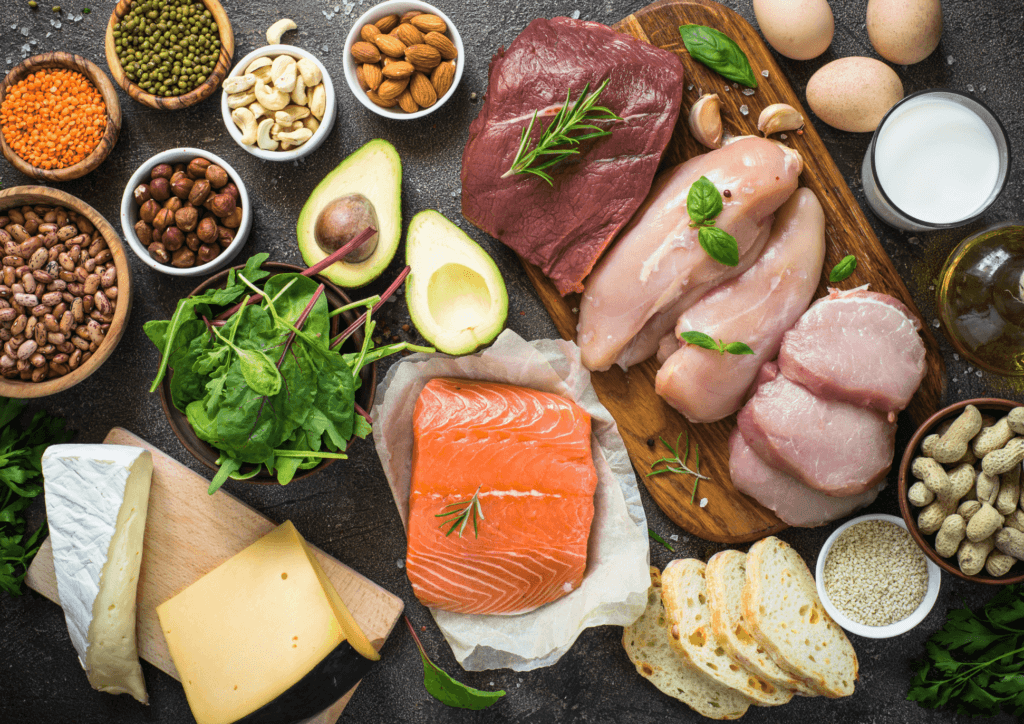
The question of how much protein you need isn’t one-size-fits-all. It depends on factors such as your training intensity, duration, and body weight. In essence, your protein requirements are as unique as your cycling training plan.
A general guideline suggests aiming for around 1.2 to 1.7 grams of protein per kilogram of body weight daily (0.5 to 0.8 grams of protein per pound of body weight daily). This ensures that your muscles have a steady supply of amino acids to support growth and repair.
However, it’s important to remember that your protein needs aren’t solely influenced by your time on the saddle. Your overall lifestyle, physical activity levels, and goals all play a role in determining your protein intake.
If you’re aiming for weight loss, a slightly higher protein intake might be beneficial, as protein can help you maintain muscle mass while shedding fat.
On the other hand, if your cycling journey revolves around building endurance, adequate protein intake will aid in muscle recovery and development, supporting your ability to tackle longer rides.
Plant-Based Protein Options for Cyclists
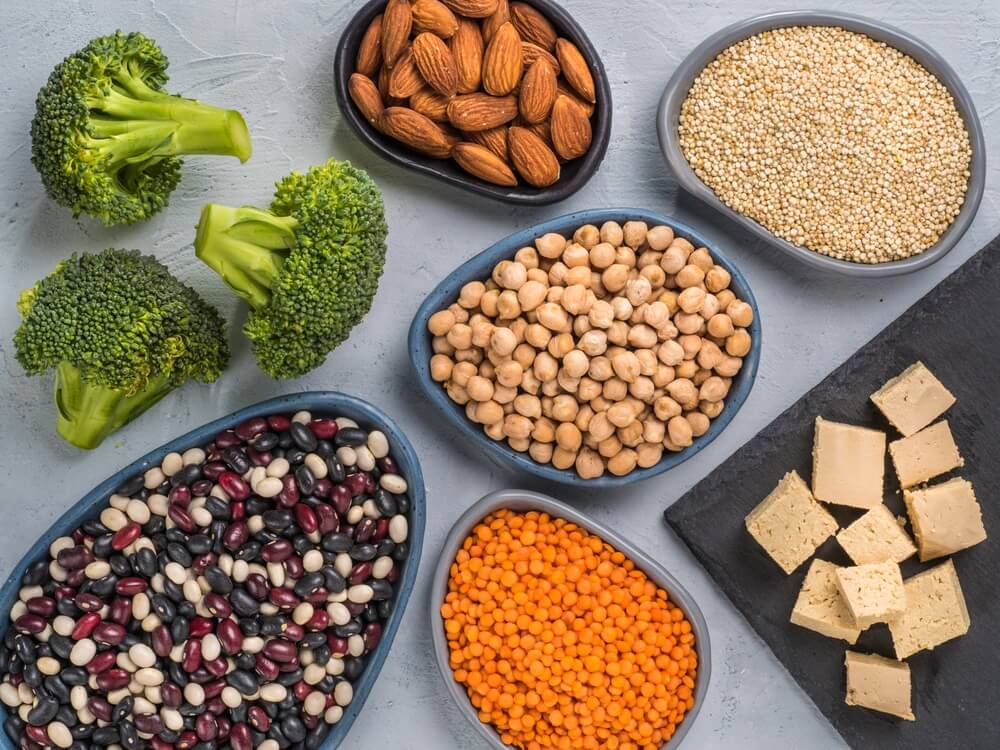
If you’re pursuing a plant-based diet, fret not. Plant-powered cyclists have plenty of protein-rich options at their disposal. It is worth noting that meeting protein needs can be slightly more challenging compared to diets that include animal products.
However, the realm of plant-based protein options is rich and varied, providing ample opportunities for cyclists to thrive on their chosen dietary path.
Legumes, often referred to as the cornerstone of plant-based diets, encompass an array of options, from lentils and chickpeas to black beans and peas. These legumes are not only rich in protein but also pack a punch of dietary fiber, promoting digestive health.
Nuts and seeds, another staple in plant-based diets, provide both protein and healthy fats. Almonds, walnuts, chia seeds, and pumpkin seeds can be easily incorporated into your meals and snacks, elevating your protein intake while introducing a delightful crunch to your culinary creations.
Furthermore, it’s important for plant-based cyclists to be mindful of certain nutrients that are more readily available in animal-based foods. One such nutrient is vitamin B12, which plays a crucial role in nerve function and red blood cell production.
Since plant-based sources of B12 are limited, considering B12 supplements or fortified foods can ensure you’re meeting this vital nutrient requirement.
Balancing your plant-based protein sources with careful nutrient planning can help you thrive as a cyclist while embracing a compassionate dietary choice.
Optimizing Protein Intake Throughout the Day
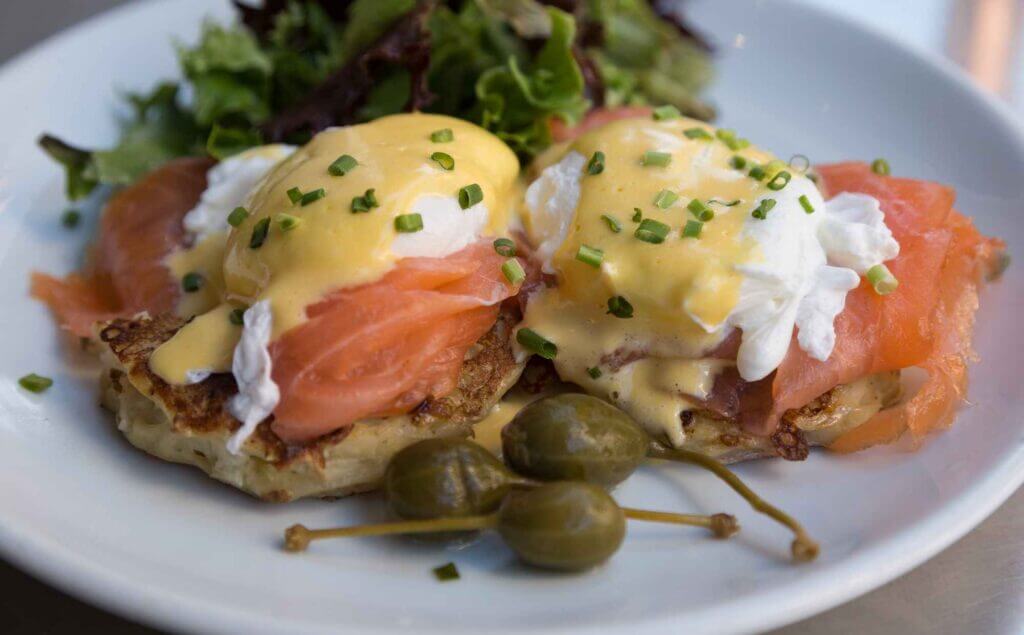
Timing matters just as much as quantity. To harness protein’s benefits, distribute your intake throughout the day.
Breakfast, often touted as the most important meal of the day, sets the tone for your protein intake. Consider starting your day with a protein-rich breakfast that jumpstarts your metabolism and provides your body with the amino acids it needs to begin the day with vigor.
An omelette filled with colorful vegetables and a sprinkle of cheese or a plant-based smoothie made with almond milk, mixed berries, spinach, and a scoop of protein powder are both excellent choices.
As you embark on your day, aim to incorporate protein into each of your meals and snacks. Opt for Greek yogurt or cottage cheese as mid-morning snacks, pairing them with nuts and berries for an extra nutritional punch.
Lunch can be a balanced combination of lean protein, complex carbohydrates, and vegetables. Consider a quinoa salad with grilled chicken or roasted chickpeas, alongside a variety of colorful vegetables like bell peppers, tomatoes, and cucumbers.
The key is to ensure that every meal contributes to your daily protein intake, promoting a steady supply of amino acids to support your muscles and energy levels.
When it comes to post-ride recovery, consider a protein shake that combines protein powder with carbohydrate sources for efficient replenishment. This combination serves a dual purpose: it replenishes muscle glycogen levels and jumpstarts the muscle repair process. While whole foods remain the cornerstone of your diet, protein shakes provide a convenient and quick option for refueling, especially when time is of the essence.
Snacks play a significant role in maintaining stable energy levels throughout the day. Instead of reaching for processed snacks, opt for whole-food options that boast both protein and fiber.
A handful of almonds paired with a piece of fruit or a protein bar made with natural ingredients can keep hunger at bay while ensuring that your muscles receive the nutrients they need.
Dinner, your final opportunity to optimize your protein intake, can be a balanced combination of meat, whole grains, and vegetables. Grilled fish or tofu with quinoa and steamed broccoli not only provide protein but also a spectrum of nutrients that contribute to your overall well-being.
A beef stir fry with a mix of colorful vegetables offers an excellent balance of proteins and essential nutrients, ensuring you end your day on a nourishing note.
As you prepare to wind down for the day, consider including a small serving of protein-rich foods in your evening snack, such as a small serving of cottage cheese or a spoonful of almond butter.
Incorporating protein-rich foods into your daily routine can enhance your cycling performance and promote your overall health. By weaving protein-rich foods into each aspect of your day, you’re setting yourself up for success on the saddle.
Protein and Equipment: Recovery Shakes and Supplements
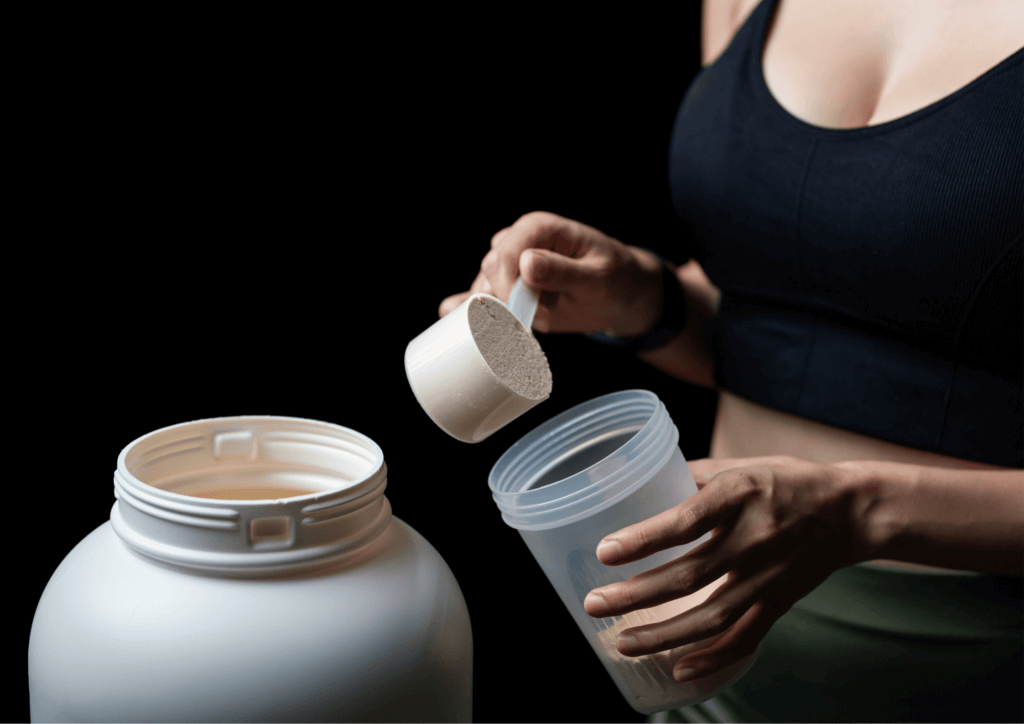
Your post-ride nutrition decisions influence your recovery process and the way your body responds to the demands of cycling. When it comes to incorporating protein into your post-ride routine, you have an array of choices, each offering unique advantages.
One of the popular choices among cyclists is protein-rich recovery shakes. These shakes blend convenience with nutrition, offering a quick and efficient way to refuel after a ride.
The beauty of recovery shakes lies in their versatility. You can customize your protein shake based on your preferences, adding ingredients like fruits, vegetables, and healthy fats to create a nutrient-dense concoction that caters to your taste buds and nutritional requirements.
Protein supplements have gained popularity among cyclists and athletes alike. These supplements come in various forms, including powders, bars, and ready-to-drink beverages.
Protein supplements are designed to bridge the gap between your dietary protein intake and your protein needs, especially on days when your schedule is packed with rides and commitments.
The convenience of protein supplements cannot be denied; they offer a portable solution for refueling, whether you’re on a long-distance ride or in the midst of a busy day.
However, it’s important to remember that while supplements have their place, they’re not a replacement for whole foods. Whole foods offer a spectrum of nutrients beyond protein, including vitamins, minerals, and dietary fiber, all of which contribute to your overall well-being.
Incorporate protein supplements strategically, using them to complement your diet and support your performance goals.
A common query that arises when it comes to protein supplements is about the ideal timing for consumption. Many cyclists wonder whether they should opt for protein shakes immediately after a ride or wait until their next meal. The answer lies in your post-ride recovery goals.
If your next meal is a substantial one and will include a source of protein, waiting until then is a valid option. On the other hand, if your next meal is a few hours away or if you’re aiming for rapid recovery, consuming a protein shake post-ride can provide your muscles with the amino acids they need to kickstart the repair process.
Instead of relying solely on supplements, explore ways to include whole-food protein sources in your meals and snacks. A protein shake, paired with a nutrient-dense post-ride meal, can create a comprehensive recovery strategy that maximizes the benefits of protein intake.
Putting it All Together: A Cyclist’s Protein-Rich Day

Seeing a plan in your mind can make it easier to use. Let’s turn our ideas into action by creating a pretend day where you eat meals and snacks with lots of protein. This will help your cycling and make you feel better overall.
Breakfast: Start your day with a hearty breakfast that jumpstarts your metabolism and sets a protein-rich tone. An omelette, prepared with eggs, spinach, tomatoes, and a sprinkle of cheese, offers a balanced blend of protein, healthy fats, and essential nutrients. Pair it with a slice of whole-grain toast for complex carbohydrates that provide sustained energy.
Mid-Morning Snack: As the morning progresses, it’s time for a nutrient-packed snack. Opt for Greek yogurt, a protein-packed dairy option, and top it with a handful of mixed berries and chopped nuts. This combination offers a blend of protein, antioxidants, and healthy fats.
Lunch: Midday is the perfect opportunity to recharge with a protein-rich lunch that fuels your body for the afternoon ahead. Consider a quinoa salad as your main dish, combining cooked quinoa with a variety of colorful vegetables like bell peppers, cucumbers, and red onions. Add a protein source, such as grilled chicken or tofu, to create a balanced meal that satisfies your taste buds and nutritional needs.
Afternoon Snack: As you prepare for your ride, enjoy a pre-ride snack that provides a boost of energy and a dose of protein. A banana, nature’s portable snack, pairs well with almond butter, offering a blend of carbohydrates and healthy fats that power you through your ride.
Post-Ride Recovery: After conquering the roads and clocking in those miles, it’s time for a comprehensive recovery strategy. Start with a protein shake that combines protein powder, almond milk, a banana, and a tablespoon of peanut butter. This shake not only replenishes glycogen stores but also initiates the muscle repair process, setting the stage for optimal recovery.
Dinner: Your evening meal can be a combination of flavors and nutrients that support your body’s recovery and get you ready for tomorrow’s adventures. Grilled fish, like salmon, offers a rich source of protein and omega-3 fatty acids, benefiting your muscles and heart health.
For another option, consider red meat, such as steak or pork, which also provides protein and essential nutrients. Pair your choice of steamed vegetables and some carbohydrates to create a balanced plate that promotes muscle repair and overall well-being.
Evening Snack: Before you wind down for the night, savor a small serving of cottage cheese or a handful of almonds. These protein-rich options offer a slow release of amino acids throughout the night, supporting muscle recovery and growth during your restorative sleep.
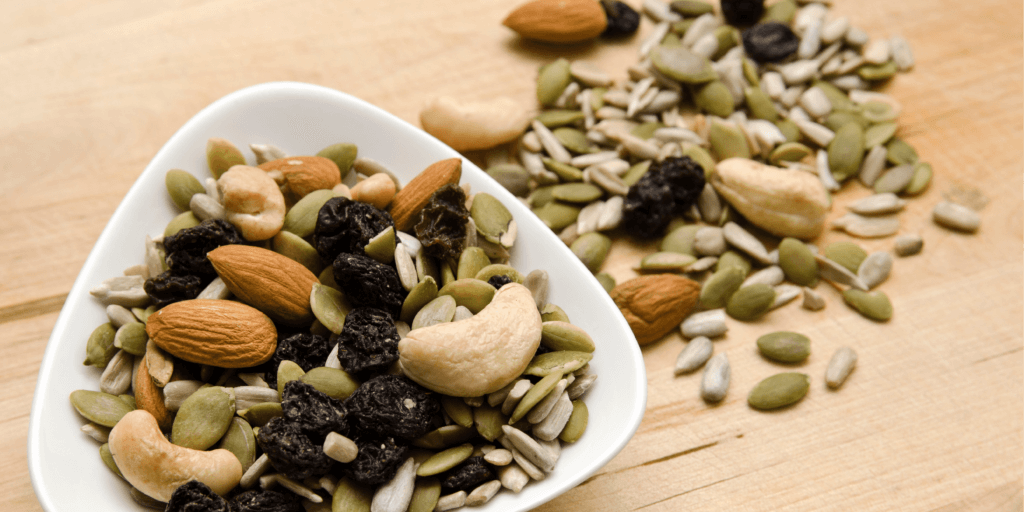
FAQ About Protein and cycling
Can I consume too much protein as a cyclist?
Protein is essential, it’s important to note that consuming a high to moderate amount of protein is generally safe and beneficial for cyclists.
However, extreme levels of protein can strain your kidneys and lead to dehydration. Finding the right balance is crucial to ensure both optimal performance and health.
Can plant-based cyclists get enough protein?
Absolutely. The plant kingdom is rich in protein sources, including legumes, nuts, seeds, and plant-based protein supplements.
By combining these sources strategically, plant-based cyclists can meet their protein needs and thrive, all while enjoying a diverse and nutrient-rich diet.
What's the best time to consume protein after a cycle for recovery?
Consuming protein within the first 30 minutes to an hour after a ride can kickstart the muscle repair process. This can be achieved through a protein-rich meal or a protein shake, effectively setting the stage for efficient recovery and growth.
Can I rely solely on protein supplements for my protein intake?
While protein supplements offer convenience, they’re most effective when used to complement a balanced diet.
Whole foods provide a spectrum of nutrients that contribute to your overall well-being, making a combination of both the wisest choice for long-term health and performance.
How can I optimize protein intake for weight loss?
Protein can aid in weight loss by promoting satiety and preserving lean muscle mass. Incorporate lean protein sources into your meals and snacks to support your weight loss goals, helping you stay satisfied and energized as you work towards achieving your desired fitness results.
